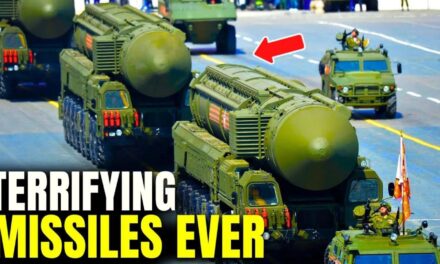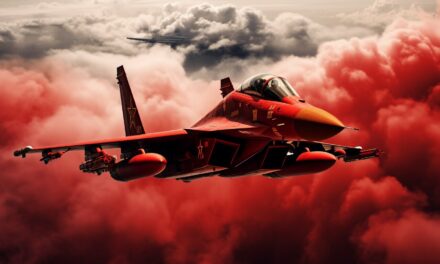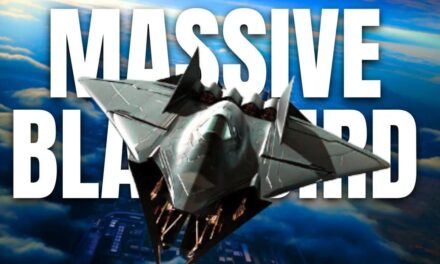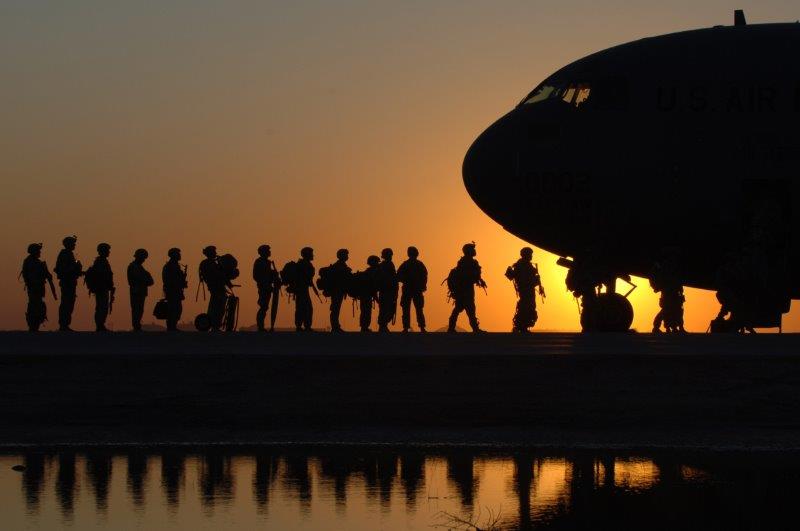What is the current state of futuristic military helicopters?
The current state of futuristic military helicopters is an exciting and rapidly evolving field of technology. Gone are the days when the Black Hawk helicopter or the AH-64 Apache were considered cutting-edge; now, we're looking at next-generation helicopters that seem to come straight out of a sci-fi movie.
Let's breakdown the key development in this arena.
- Electric Aircraft: With advancements in electric motors and systems, these futuristic military helicopters are able to achieve higher levels of performance while significantly reducing their environmental impact. The use of electric propulsion not only enhances their maneuverability but also reduces noise levels, making them stealthier on the battlefield.
- Autonomous: Another noteworthy trend is the integration of autonomous capabilities into these advanced military helicopters. Thanks to breakthroughs in AI technology, these aircraft can operate with minimal human intervention, taking on tasks that were once solely handled by pilots. This opens up a world of possibilities for future long-range assault and support missions.
- Matrix Technology: Matrix technology is also playing a vital role in shaping the future landscape of military helicopter operations. By incorporating advanced sensors, data fusion algorithms, and real-time intelligence analysis tools, these helicopters become highly adaptable and responsive to changing battlefield scenarios.
- VTOL: This enhanced situational awareness empowers pilots to make informed decisions swiftly and effectively. Moreover, Vertical Takeoff and Landing (VTOL) drones are gaining prominence as force multipliers for army aviation.
- UCAV: These small yet agile unmanned combat aerial vehicles (UCAVs) can be deployed alongside manned aircraft or even operate independently, providing additional firepower or reconnaissance capabilities during missions. Overall, it's clear that futuristic military helicopters are revolutionizing airpower and warfare strategies.
The combination of electric propulsion systems, autonomous features, matrix technology integration, and VTOL drones expands the possibilities for how air power can be leveraged on modern battlefields. With leading aerospace giants like Lockheed Martin and Sikorsky pushing boundaries through their innovations in this field,the future looks incredibly promising for military operations conducted from above the ground.
Let's take a closer look. In this video, we're going to take a look at 7 of the most advanced military helicopters in the world. From combat helicopters to surveillance helicopters, these helicopters are some of the most advanced on the planet! We'll explore the features and capabilities of each helicopter, and show you why they're some of the most advanced machines on the planet.
What is The Future of Military Helicopters?
The future of military helicopters looks incredibly promising, with advancements in technology paving the way for revolutionary changes. One aspect that holds great potential is the development of VTOL (Vertical Takeoff and Landing) drones and fixed-wing drones. These unmanned aerial vehicles offer increased flexibility and range, while reducing the risk to human pilots.
Integrating them into military operations will undoubtedly enhance the capabilities of armed forces across the globe. Next-generation helicopters are also set to redefine aerial warfare.
UCAVs (Unmanned Combat Aerial Vehicles) are gaining momentum as they combine the advantages of autonomous operation with cutting-edge weaponry systems. By removing the constraints of having a human pilot onboard, UCAVs can perform maneuvers and undertake missions that were previously considered too risky or challenging.
Did You Know: Electric aircraft are emerging as a key player in shaping the future of military aviation. With advancements in battery technology and electric propulsion systems, these aircraft offer increased endurance and reduced emissions compared to their traditional counterparts.
Electric propulsion holds tremendous potential not only for next-generation helicopters but also for other advanced military aircraft. One example of an exciting development is Lockheed Martin's Future Attack Reconnaissance Aircraft (FARA), which aims to replace aging platforms such as AH-64 Apache.
FARA incorporates advanced features like stealth capabilities, improved speed, agility, and an array of sensors that provide enhanced situational awareness on the battlefield. In addition to FARA, another project capturing attention is the Future Long Range Assault Aircraft (FLRAA), designed to replace iconic workhorses like the Black Hawk helicopter.
FLRAA promises increased speed, extended range, improved maneuverability, and enhanced survivability capabilities—all vital elements for modern warfare scenarios. To support these technological advancements further, Army Aviation is focusing on integrating AI-powered systems like Aircrew Labor In-Cockpit Automation System (ALIAS).
ALIAS aims to ease pilot workload through automation while providing real-time data analysis that allows quicker decision-making in high-pressure situations. The future of military helicopters looks incredibly promising, with technology driving transformative changes.

From VTOL drones to UCAVs, electric aircraft to advanced military helicopters like FARA and FLRAA, the landscape of aerial warfare is evolving rapidly. These advancements will undoubtedly reshape the way armed forces operate and execute missions, ensuring a more efficient and effective use of air power in future conflicts.
Key technologies that are driving innovation
in the field of futuristic military helicopters include electric propulsion, matrix technology, and hybrid-electric systems. Electric propulsion is revolutionizing the way helicopters operate by introducing electric motors that provide efficient power and reduce reliance on fuel. This technology has the potential to enhance maneuverability, increase flight endurance, and decrease noise emissions.
Electric motors are not only more environmentally friendly but also offer greater flexibility in terms of power distribution and control. Matrix technology is another crucial innovation that holds immense potential for future military helicopters.
It involves incorporating advanced sensors, communication systems, and artificial intelligence into the helicopter's design. This allows for improved situational awareness, enhanced decision-making capabilities, and faster response times during combat operations.
With matrix technology, helicopters can seamlessly collaborate with other aerial assets such as VTOL drones or fixed-wing drones to form a cohesive networked force. Hybrid-electric systems represent a major breakthrough in helicopter technology as they combine traditional combustion engines with electric power sources.
By harnessing the benefits of both systems, hybrid-electric helicopters can achieve longer flight ranges while reducing fuel consumption and environmental impact. These next-generation helicopters are being developed to meet the demands of future warfare scenarios where extended endurance will be critical for missions such as surveillance or delivering troops in remote areas.
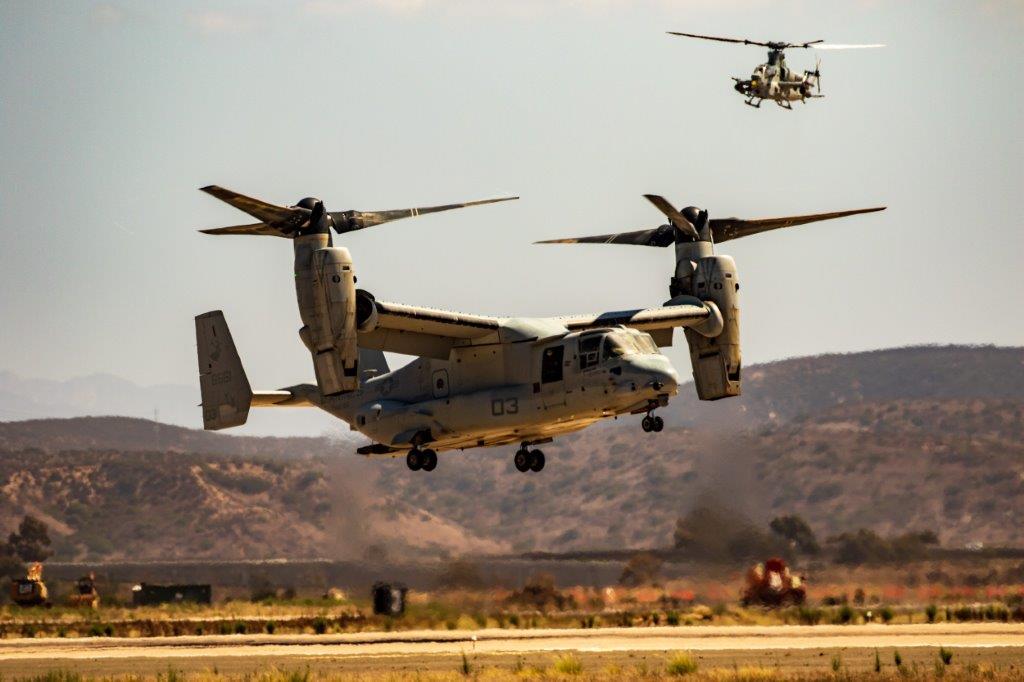
The integration of these key technologies into futuristic military helicopters will significantly enhance their capabilities on various fronts: increased range, improved efficiency, heightened stealth capabilities due to reduced noise signatures, enhanced situational awareness with advanced sensor systems—the list goes on. As these technological advancements continue to evolve rapidly under the guidance of manufacturers like Sikorsky Innovations or through collaborative efforts across research institutions and defense agencies worldwide, we can anticipate a new era of advanced military helicopters capable of meeting the challenges presented by modern warfare head-on.
Impact on the Military
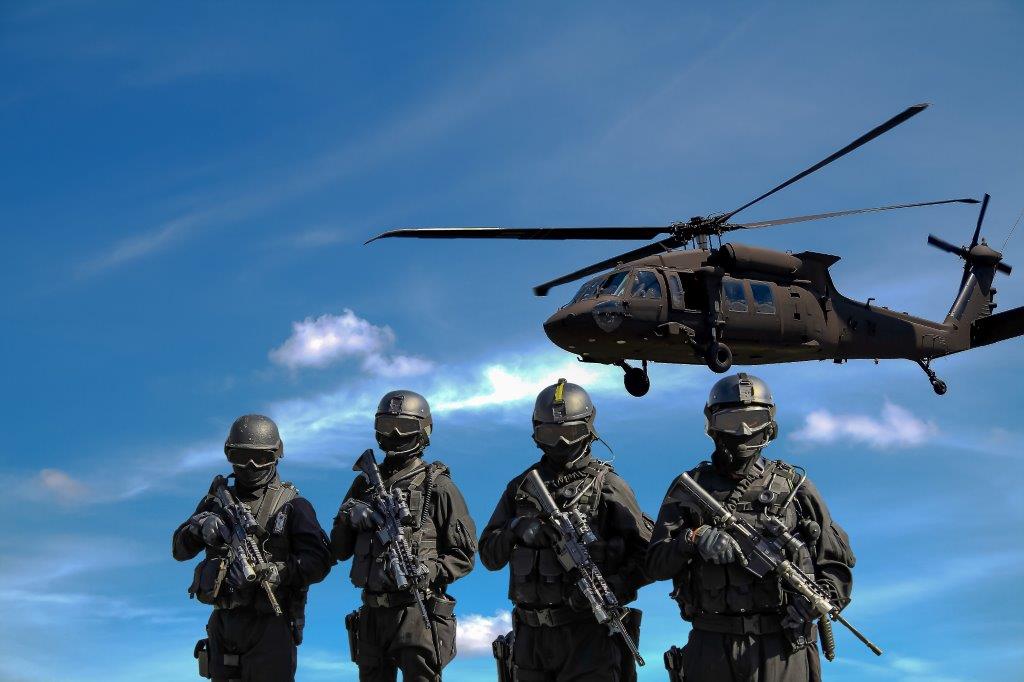
The development and deployment of futuristic military helicopters will undoubtedly have a significant impact on the military landscape. One notable area of impact is in terms of aircrew labor and cockpit automation systems.
With advancements in technology, these helicopters are equipped with sophisticated autonomous capabilities that reduce the workload on human operators. This allows aircrew members to focus more on mission-specific tasks rather than being burdened by manual controls and navigation.
Additionally, future attack reconnaissance aircraft and next-generation helicopters are being designed to operate seamlessly with VTOL drones, enabling enhanced coordination and collaboration during complex missions. Another crucial aspect impacted by futuristic military helicopters is the nature of warfare itself.
These advanced aircraft play a vital role in both offensive and defensive operations, providing increased maneuverability, firepower, and reconnaissance capabilities. Through the integration of electric systems and motors, these helicopters not only become more efficient but also contribute to reducing the environmental footprint associated with traditional combustion engines.
Did You Know: The introduction of futuristic military helicopters such as Lockheed Martin's Future Long Range Assault Aircraft (FLRAA) or Sikorsky Innovations' Matrix Technology offers extended range assault capabilities. These aircraft can cover larger distances swiftly, allowing for rapid deployment of forces or extraction during critical situations.
The innovation in autonomous technologies is also paving the way for autonomous helicopters that can operate with minimal human intervention. These unmanned or remotely operated vehicles possess great potential for performing various missions deemed too dangerous or impractical for piloted aircraft.
Futuristic military helicopters have significant implications for the military landscape due to their impact on aircrew labor restructuring through cockpit automation systems, integration with VTOL drones, advancements in electric systems and motors to promote sustainability while enhancing performance, extended range assault capabilities offered by FLRAA and Matrix Technology-based platforms like Sikorsky Innovations' offerings along with potential applications of autonomous helicopter technology. As these advanced machines continue to evolve, they will undoubtedly shape the future of air power while providing greater efficiency and effectiveness in defense operations.
Conclusion
The future of military helicopters is undoubtedly exciting and filled with potential. The current state of futuristic military helicopters, such as the AH-64 Apache and Black Hawk, already showcases advanced technologies like matrix technology, electric systems, and improved aircrew automation systems. These innovations have greatly enhanced the capabilities and effectiveness of these aircraft in various military operations.
Looking ahead, key technologies such as electric propulsion, VTOL drones, hybrid-electric helicopters, and next-generation helicopters will continue to shape the landscape of military aviation. Companies like Lockheed Martin and Sikorsky Innovations are at the forefront of this revolution, constantly pushing boundaries to develop more efficient and capable aircraft.
The impact on the military is significant. The introduction of advanced military helicopters will enhance air power by providing greater flexibility, increased range, versatility in different terrains or situations.
These advancements also contribute to reducing aircrew labor through improved automation systems while ensuring safety remains a top priority. As we envision the future of long-range assault aircraft and attack reconnaissance aircraft, it becomes clear that futuristic military helicopters will play a crucial role in shaping tomorrow's battlefield.
With advancements in technology and design concepts like fixed-wing drones integrated with helicopter capabilities, we can anticipate even greater efficiency and effectiveness in combat scenarios. While there are still many challenges to overcome in developing highly advanced military helicopters for future needs, it is evident that progress continues to be made towards achieving these goals.
The innovations taking place today pave the way for a more capable and sophisticated generation of aerial platforms that will assist our armed forces in their missions around the world. The combination of cutting-edge technology with strategic planning ensures that our military remains at the forefront of combat readiness for years to come—a future where innovation meets excellence in defense.



